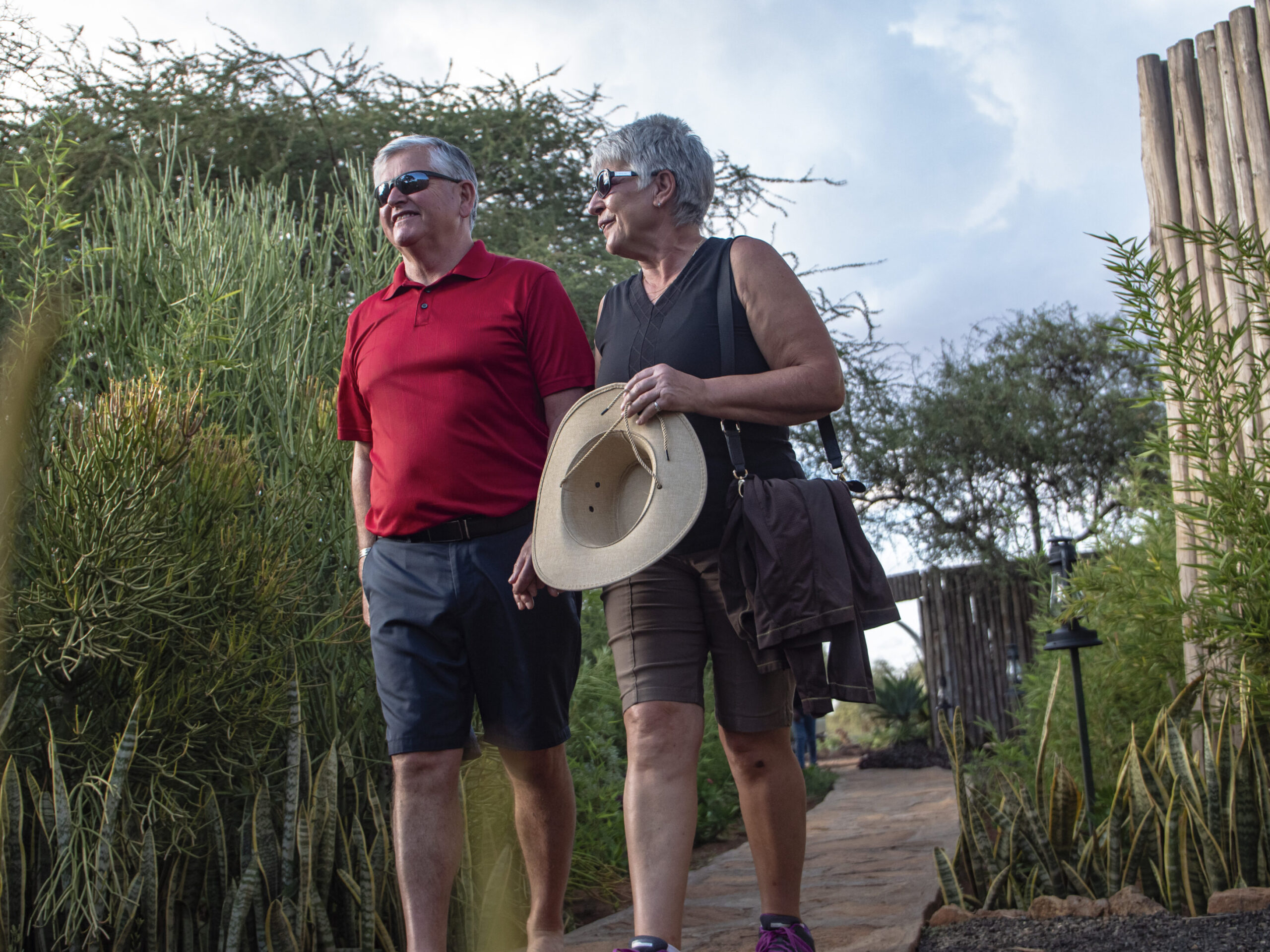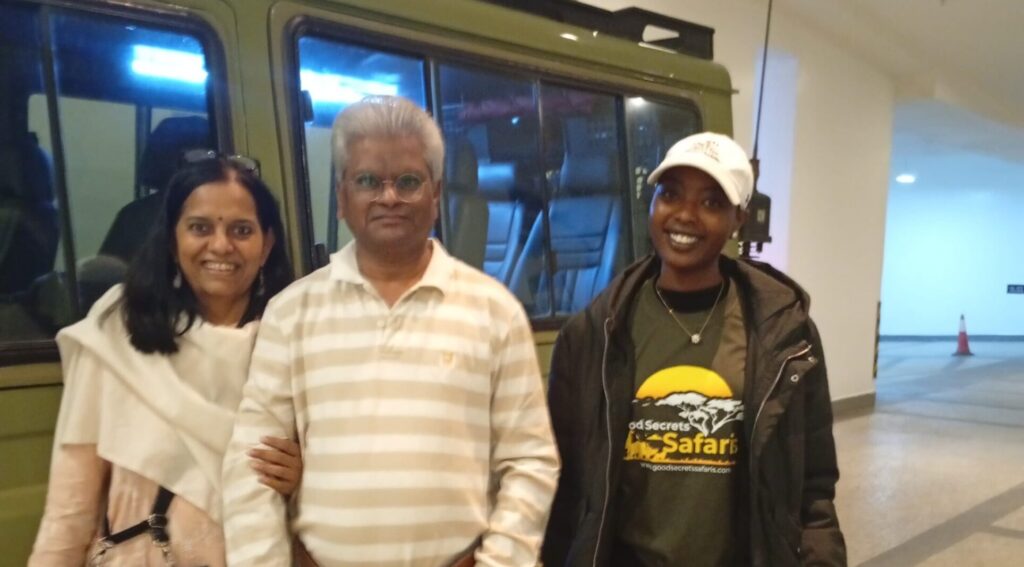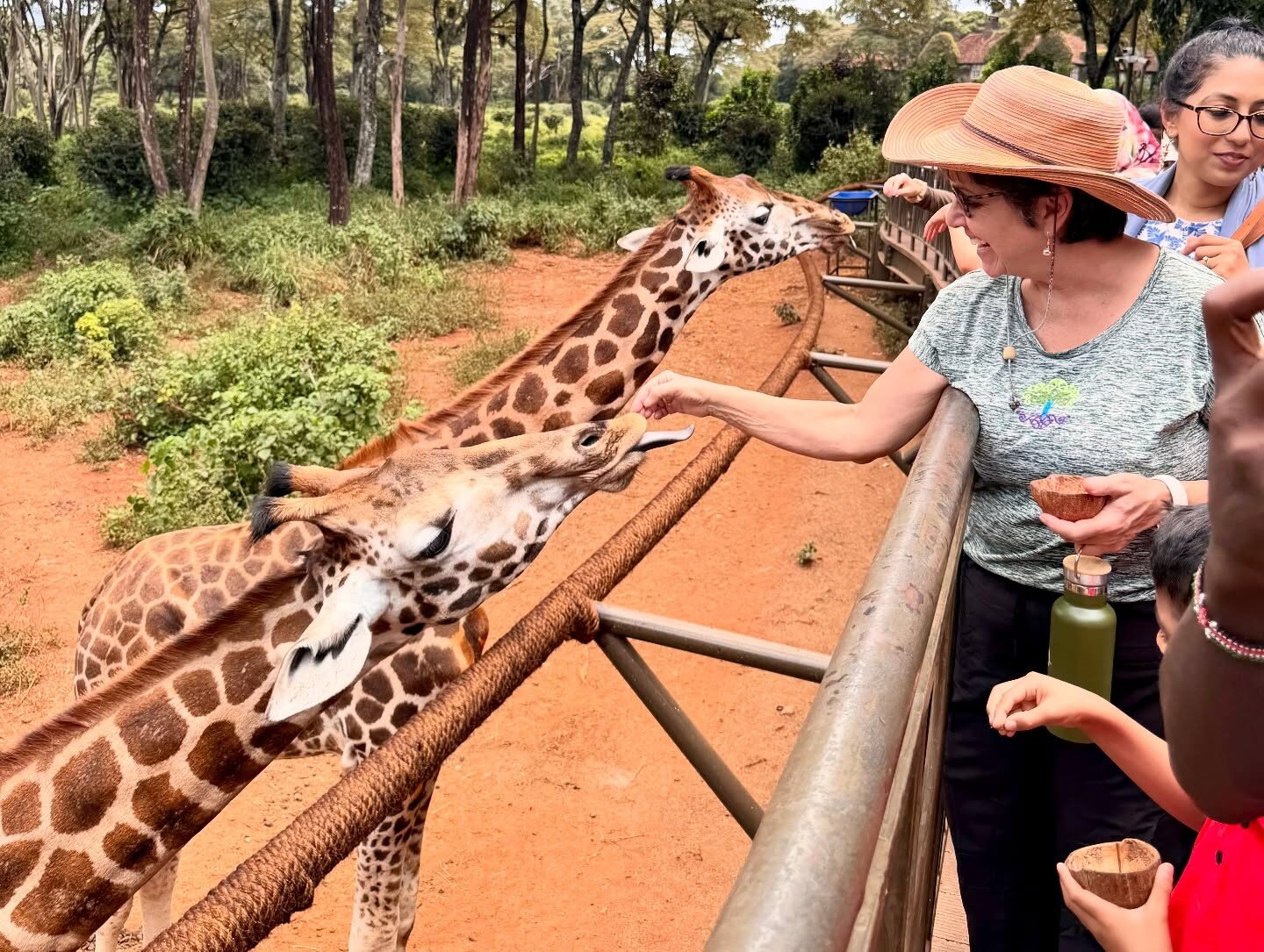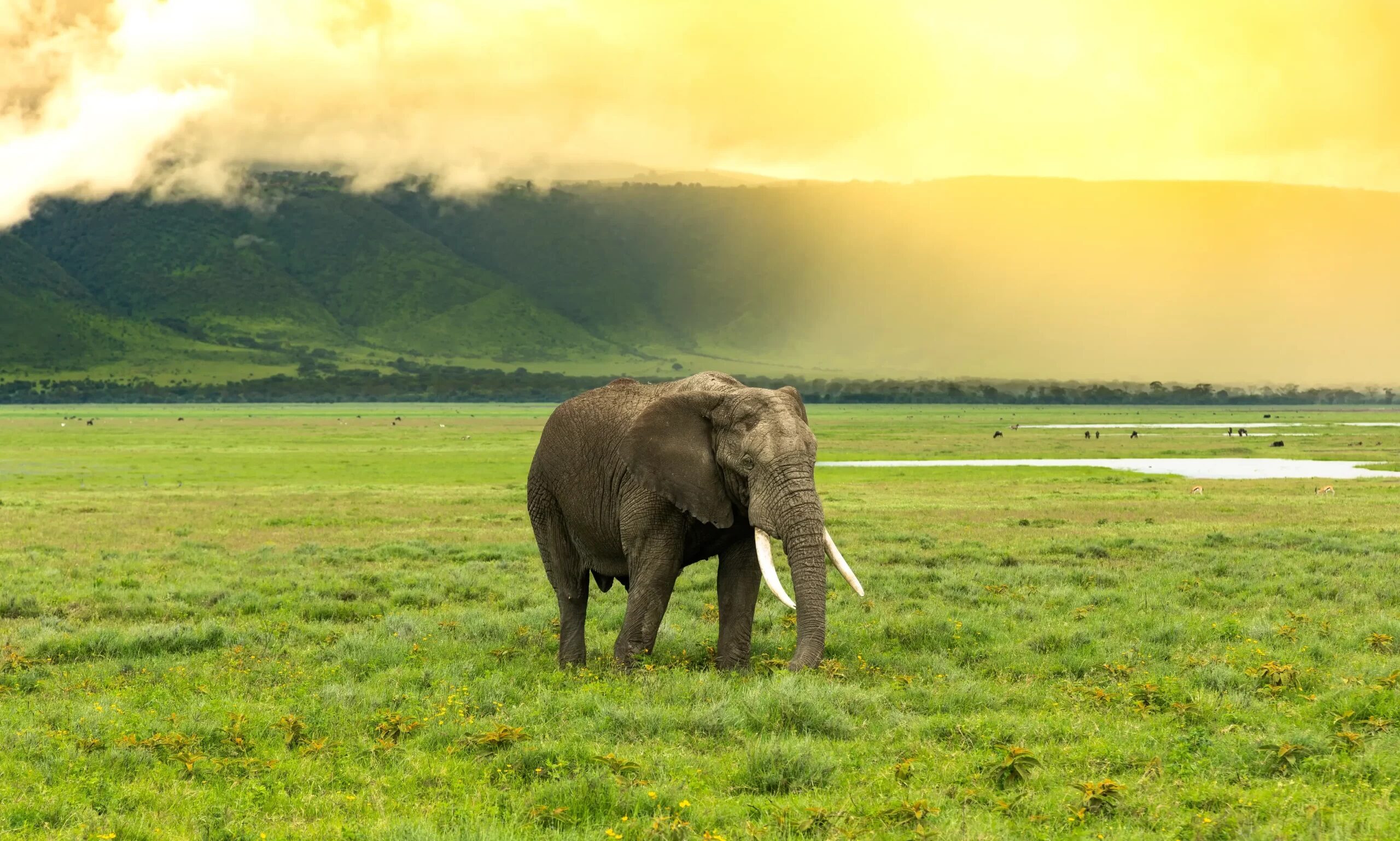What makes the Great Migration so special (and so tricky to plan for seniors)
When I first started helping clients plan trips around the Great Migration, I thought it was as simple as picking a month and saying, “Let’s go.” Ha! I quickly learned that chasing wildebeest across Tanzania and Kenya isn’t just about timing — it’s about location, weather, mobility, and comfort, especially when planning for older travelers.
One time, I booked a migration safari for a group of three couples in their early 70s. I got the timing right (July), but we stayed in the wrong area — southern Serengeti — and guess what? The herds were hundreds of kilometers away in Kenya’s Masai Mara. That was a tough lesson. Timing alone isn’t enough — you’ve got to match location and comfort, too.

When and where to go for migration viewing without the chaos
Here’s the deal: the Great Migration is a circular journey that shifts throughout the year. From July to October, the action’s hot in Masai Mara — think river crossings and Big Five drama. But it also means more crowds, colder mornings, and higher prices.
January to March, on the other hand, is calving season in southern Serengeti — lush, green, less crowded, and perfect for seniors who prefer peaceful drives and comfy lodges. The landscape is open and easy to navigate, plus the baby animals make for emotional, slower-paced sightings. No wrestling with jeep jams or rushing to beat other tourists to a sighting.
I once had a solo senior traveler, 68, do a February safari in Ndutu, near the Serengeti. She said it was the most peaceful trip she’d ever taken. She saw over 200 wildebeest calves in one morning — no crowds, no pressure. Just the rhythm of the wild.
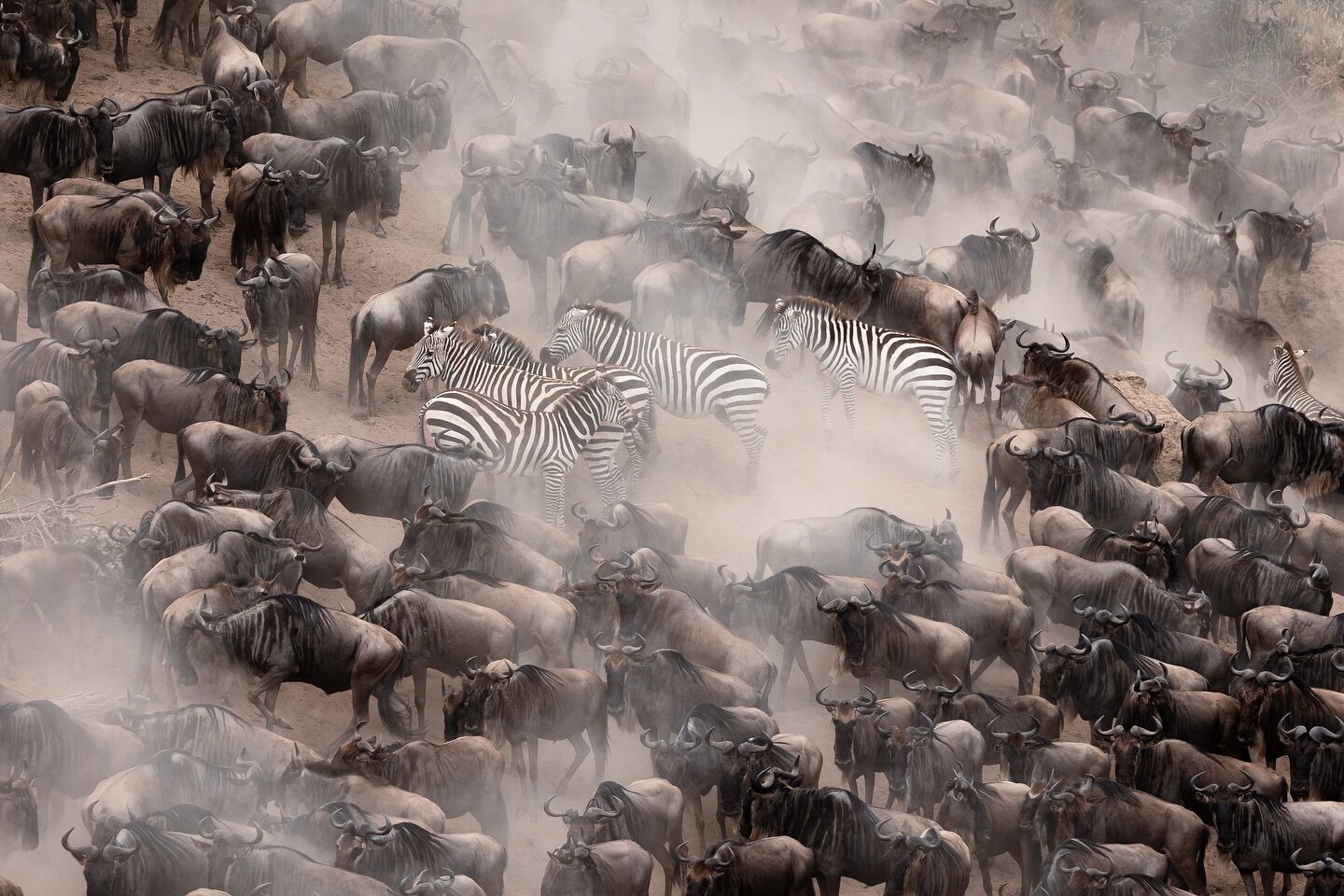
Senior-friendly logistics: what I wish I knew sooner
Let’s talk logistics, because this part really matters for seniors. You don’t want to be bouncing around in a jeep for 8 hours just to find the herds. Trust me — I’ve had clients arrive sore and cranky because I didn’t properly plan shorter drives and good rest stops.
Now, I recommend fly-in safaris for migration trips, especially for seniors. A quick flight from Arusha to Kogatende or Seronera saves hours of bone-jarring roads. It’s more expensive, yeah — but totally worth it for comfort and time-saving.
Also, I’ve learned to prioritize tented lodges that have actual beds, walk-in showers, and flat paths. Some of those wild camps may look romantic online, but if there’s no proper lighting or bathroom access at night, it’s just a broken hip waiting to happen.
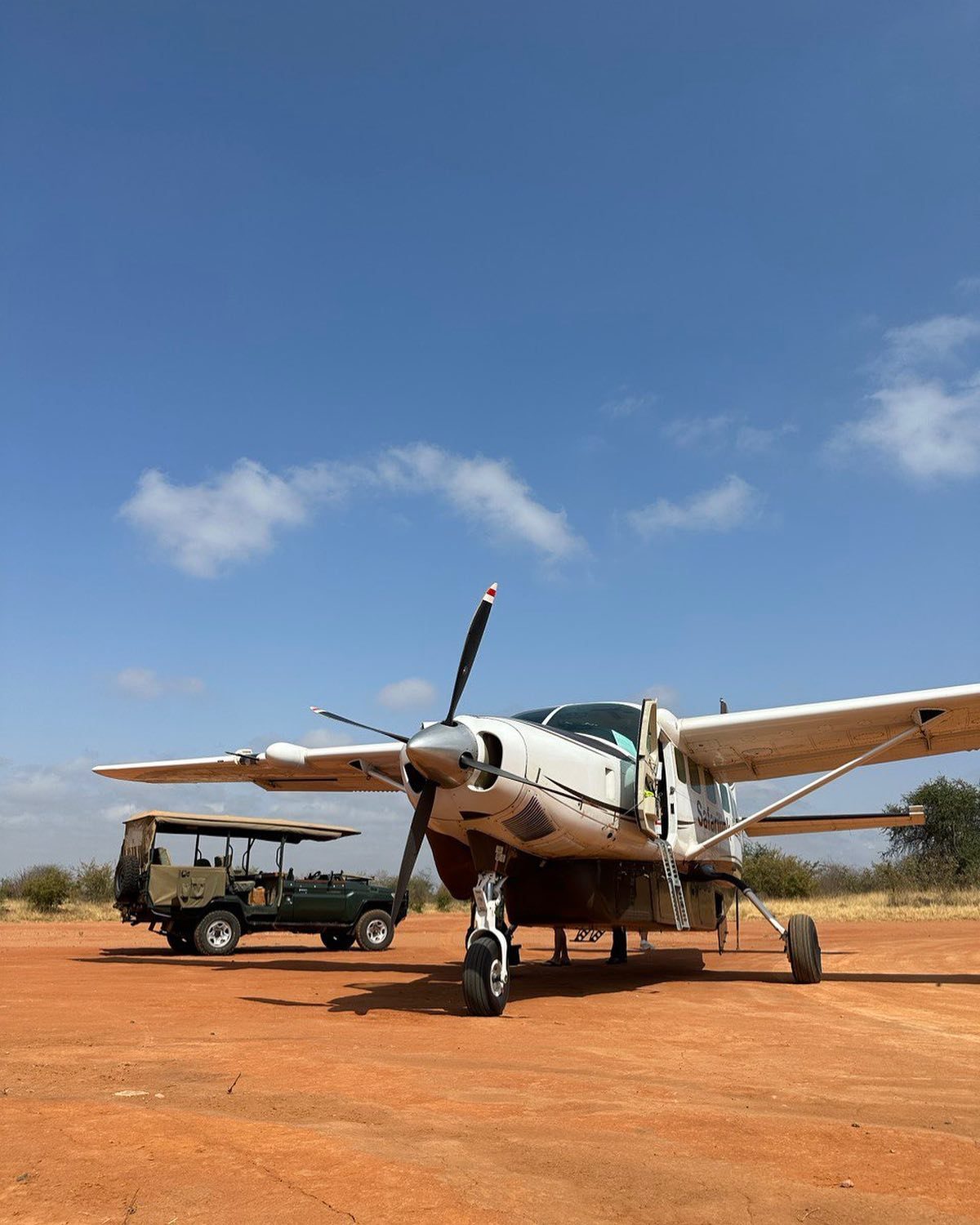
The little things that make the biggest difference
I’ve noticed the best senior safaris around the migration are the ones that move slower. One full game drive a day. A good lunch and time to nap after. Guides who don’t rush and can tell a good story along the way.
Oh — and ask for warm water bottles in the morning if you’re in Masai Mara during July or August. The cold bites differently at 6 AM when you’re not 25 anymore.
Also, book well ahead. Migration lodges fill up fast, and you want the pick of the comfy ones, not the leftover tents downwind of the kitchen.

So… which migration season is actually best for senior travelers?
If you want the classic wildebeest river crossings, then yes, July to September in Masai Mara is unbeatable. But go in early July or late September to avoid peak crowds, and definitely splurge on a good lodge and direct flights.
If your focus is ease, comfort, and fewer people, then January to March in southern Serengeti or Ndutu wins, hands down. Wildlife is still dramatic (calving season = predators!), the landscape is beautiful, and the vibe is more relaxed.
Either way, the best migration safari for senior travelers isn’t just about the herds — it’s about how you experience it. Take it slow, do it smart, and let the magic of the migration meet you where you ar

